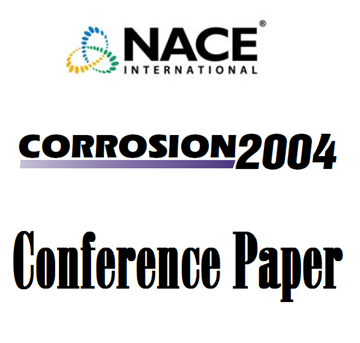Search
07686 ASSESSING PIPELINE VULNERABILITY TO TELLURIC CURRENTS
Also Purchased
04050 Telluric Currents and Their Effect on Cathodic Protection of Pipelines
Product Number:
51300-04050-SG
ISBN:
04050 2004 CP
$20.00
07182 Correcting CIPS Surveys for Stray and Telluric Current Interference
Product Number:
51300-07182-SG
ISBN:
07182 2007 CP
Publication Date:
2007
$20.00
01316 OBSERVATIONS OF TELLURIC CURRENTS IN CANADIAN PIPELINES
Product Number:
51300-01316-SG
ISBN:
01316 2002 CP
$20.00
Recently viewed




